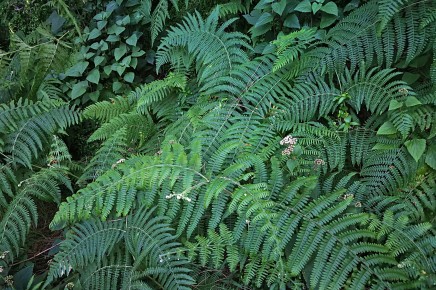-

-
We are specialists for your holidays in La Palma. With personalized assistance on-site.

Ulrich & Evelyn Roth -
Our service numbers
Write e-mail+34 822 68 00 89
+49 7442 819 85 90
We're available from Monday to Friday from 10:00 a.m. to 6:00 p.m., and Saturdays from 10:00 a.m. to 1:00 p.m.
-
Accommodations
- with pool 90
- on the seaside 48
- with internet 208
-
Northwest >>
130
- Aguatavar 7
- Arecida 6
- El Castillo 1
- Garafía 4
- Las Tricias 7
- Puntagorda 42
- Tijarafe 22
- Tijarafe Costa 6
- Tijarafe El Jesús 12
- Tijarafe La Punta 21
- Tinizara 2
-
Aridane Valley >>
224
- Celta 7
- Charco Verde 3
- El Paso 22
- Hermosilla 1
- La Bombilla 2
- La Laguna 11
- Las Manchas 24
- Las Norias 11
- Los Llanos de Aridane 25
- Puerto de Naos 45
- San Nicolas 8
- Tacande 2
- Tajuya 9
- Tazacorte Costa 5
- Tazacorte Puerto 14
- Tazacorte Villa 23
- Todoque 12
-
South >>
31
- Fuencaliente 7
- Las Indias 4
- Lomo Oscuro 1
- Los Quemados 6
- Salemera 2
- Tigalate 2
- Villa de Mazo 9
- East >> 16
-
Northeast >>
4
- Barlovento 2
- Los Sauces 1
- Puntallana 1
Eagle fern
World citizens on their way to sunny places
"helecho común" "helechera" "helecho hembra"
Eagle fern
Pteridium aquilinum
Only found in polar regions and desert zones - on La Palma it spreads quickly on unused arable or pasture land. Caution: Do not nibble on the leaves, the whole plant is poisonous!
-
-Its population is increasing
The bracken thrives on light, fresh sites at an altitude of between 0 and 1500 metres above sea level.

It is perennial, withers in summer and reappears with the rain in autumn. The young fronds "unroll" after and can grow up to two metres long. They are very persistent. The entire plant usually grows between 30 cm and 2 m tall.
As a sun lover, this fern grows on forest edges or sparse patches in wooded areas, where it quickly conquers abandoned cultivated areas.
Its low-lying and strongly branched rhizomes (creeping shoots) enable it to survive forest fires.
It is one of the first plants to appear and protect the soil against erosion.
The bottom of barrancos (ravines) suits the lode fern particularly well. There it finds sun and water, which makes the plants grow more luxuriantly. In dark locations, they stretch out towards the sunlight with the help of other plants.
The bracken fern is found on all the Canary Islands except Fuerteventura. It gets its name because of its fronds, which resemble spread wings.

Livestock seem to know that it contains toxins and usually disdain the plant, although it is sometimes used as stable bedding.
Nevertheless, bracken is used in folk medicine. In addition, the rhizomes were dried, ground and roasted in times of war and probably by the indigenous people of the Canary Islands to add to gofio, their staple food.
As a precaution, we advise against eating bracken.
Its young tips, by the way, make interesting photo subjects.
Text / Photos: Ines Dietrich







